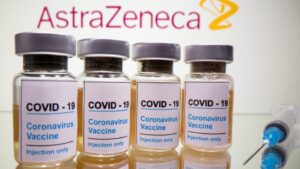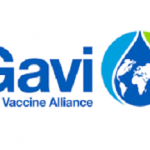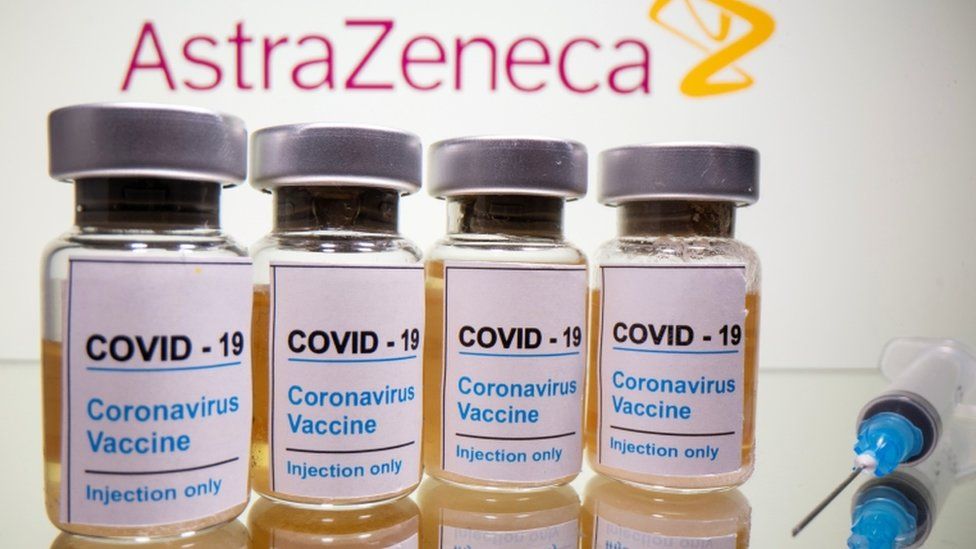AstraZeneca maker reduces vaccine efficacy by 3 percent after independent group query
An updated company analysis of the coronavirus vaccine developed by AstraZeneca and the University of Oxford showed that the two-shot regimen was robustly effective — 76 percent at preventing symptomatic illness — according to a news release from the drugmaker late Wednesday.

The Washington Post reports that finding, only slightly lower than results announced days earlier, underscores that the vaccine being widely used by many countries appears to be a powerful tool to help end the pandemic. No severe cases of illness were reported in study volunteers who received the vaccine. Among people 65 and older, the vaccine was 85 percent effective, the company reported.
The new data may not resolve challenges that the vaccine and the company face in the United States, because repeated missteps have sown confusion and distrust that may result in slower and closer scrutiny of the data.
AstraZeneca and Oxford’s announcement Monday that their vaccine was 79 percent effective in a 32,000-person trial in the United States buoyed the company’s stock price and impressed government officials.
The fraught story of the vaccine then took a dramatic turn when an independent data-monitoring committee took the highly unusual step of writing late Monday to company and government officials, airing concerns.
The expert physicians, biostatisticians and ethicists on the Data and Safety Monitoring Board that oversee trials have an inside view of the research and are charged with maintaining patient safety and scientific validity. Their communications with companies typically take place in private.
But in the letter, obtained by The Washington Post, the committee revealed that after several meetings and requests for more recent data, the company had chosen to present earlier, now-outdated data to the world that cast its vaccine in the most favorable light. The dispute was about whether the company had selected data to paint the most flattering picture of how effective the vaccine was, not about whether the vaccine worked.
-Washington Post








